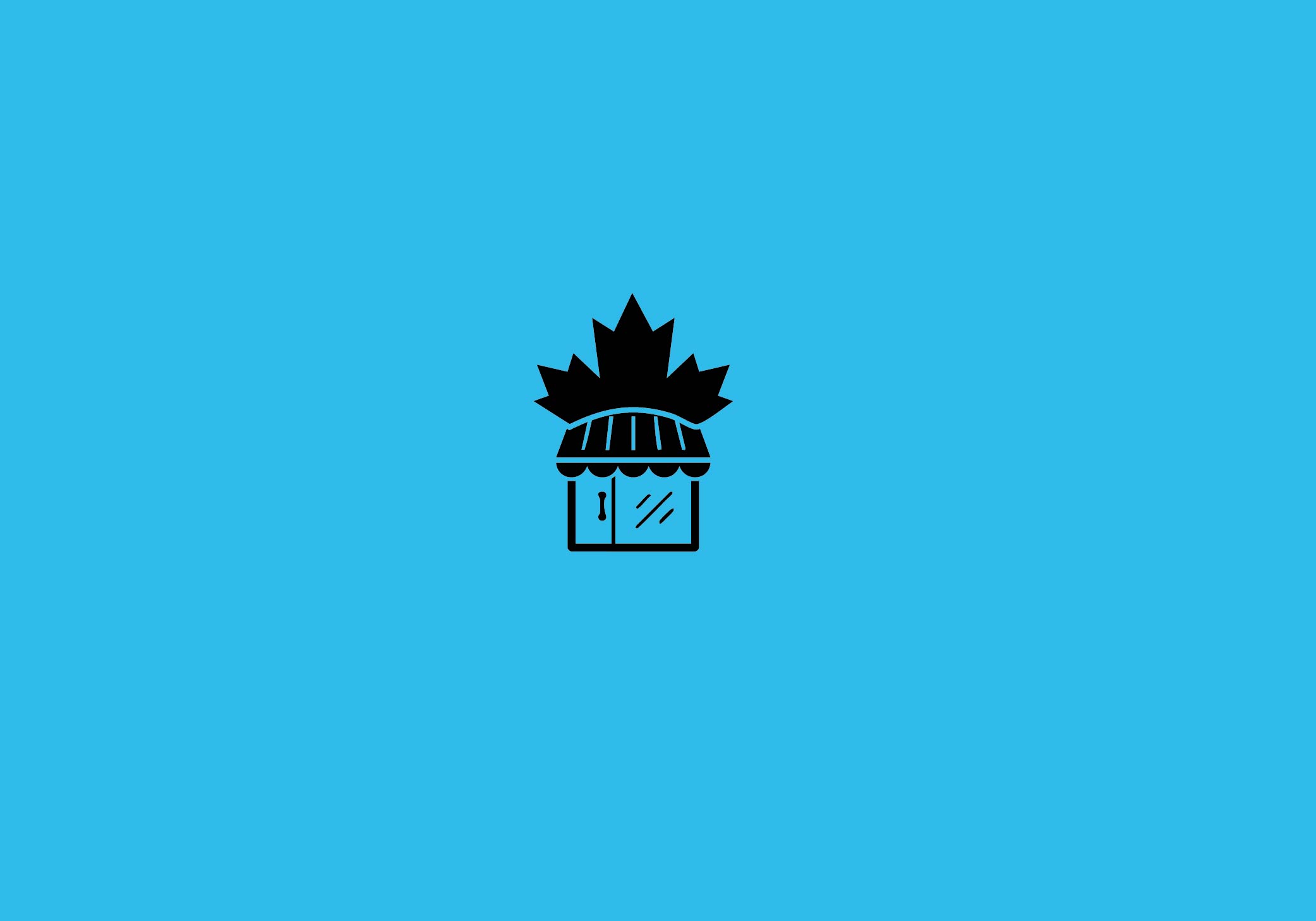Canadian Businesses, Canadian Businesses, Canadian Businesses
Introduction
Relying on U.S. suppliers or customers in 2025 could be one of the riskiest moves for Canadian businesses.
With trade tensions escalating and economic policies shifting unpredictably, Canadian businesses are facing increasing pressure to secure stable, local alternatives. But uncertainty creates opportunity. Businesses that invest in strengthening their Canadian presence, building local partnerships, and adjusting their marketing strategies now will be the ones that thrive—while others struggle to adapt.
Why Canadian Businesses Must Adapt to U.S. Trade Uncertainty
The U.S. has long been Canada’s largest trading partner, but recent shifts in tariffs, trade agreements, and political instability are creating a more volatile environment. Many Canadian businesses have already experienced increased costs and supply chain disruptions due to policy changes. Instead of waiting for stability, the smartest businesses are pivoting to a Canada-first strategy—strengthening local partnerships, focusing on Canadian customers, and becoming less reliant on U.S. markets.
3 Strategic Moves to Future-Proof Your Canadian Business
1. Double Down on Canadian Brand Identity
- Focus on “Made in Canada” messaging to establish trust and reliability.
- Highlight Canadian values—sustainability, quality, and community.
- Use targeted campaigns to capture businesses pivoting away from U.S. suppliers.
Example:
A Canadian clothing brand that previously sourced fabrics from the U.S. could shift to domestic suppliers to avoid potential tariff increases. By emphasizing “Made in Canada” in their branding and promoting the quality and sustainability of local production, they could build stronger trust with Canadian consumers and stand out from competitors relying on cross-border supply chains.
➡️ Position your brand as a reliable Canadian alternative—before your competitors do.
2. Strengthen Local Lead Generation and Canadian Digital Presence
- Update SEO to target Canadian searches and keywords.
- Optimize your website for faster loading and a better mobile experience.
- Build an email list focused on Canadian customers and nurture leads with localized content.
Example:
A Canadian-based software company could update their SEO strategy to target searches like “best software for Canadian businesses” and include regional references to attract local clients. By creating blog content that addresses challenges unique to Canadian businesses—such as data privacy laws or local tax regulations—they could increase visibility and build credibility with Canadian buyers.
➡️ When customers search for Canadian solutions, your business should be at the top.
3. Diversify Customer and Supplier Networks Within Canada
- Build strategic partnerships with Canadian suppliers and distributors.
- Launch hyper-targeted ads aimed at Canadian audiences.
- Leverage PR and thought leadership to position yourself as a trusted local expert.
Example:
A Canadian food producer that previously relied on U.S.-based ingredients could pivot to Canadian farms and suppliers. This would reduce the risk of supply chain disruptions and tariffs while reinforcing the “locally sourced” message in their marketing. Highlighting the benefits of supporting local farms through customer-facing campaigns could also boost brand loyalty and increase sales.
➡️ Canadian-first strategies increase resilience and protect your bottom line.
Canadian Businesses, Canadian Businesses, Canadian Businesses
Key Takeaways
- Trade uncertainty between the U.S. and Canada is increasing—Canadian businesses need to adapt now.
- A strong Canadian brand identity will differentiate you from U.S.-dependent competitors.
- Improving local SEO and lead generation helps you capture Canadian market share.
- Diversifying customer and supplier networks within Canada strengthens business resilience.
- Investing in Canadian-centric strategies now will help you outlast economic instability.
FAQs
How will trade uncertainty between the U.S. and Canada impact Canadian businesses in 2025?
Rising tariffs and shifting trade policies could increase costs and delay supply chains, making it harder to rely on U.S.-based suppliers and customers.
Why is it important to strengthen local branding in Canada?
Canadian consumers are more likely to trust and support homegrown businesses, especially during periods of economic uncertainty.
What are the benefits of diversifying suppliers within Canada?
It reduces dependency on U.S. markets, decreases risk from trade policy changes, and strengthens local business relationships.
How can I improve my local SEO to target Canadian customers?
Focus on Canadian keywords, create content with local references, and build backlinks from Canadian websites.
How soon should I start adjusting my strategy?
Immediately. The longer you wait, the more difficult it will be to compete with businesses that have already adapted.
Conclusion: Secure Your Business’s Future with a Canada-First Strategy
U.S.-Canada trade disruptions aren’t a distant threat—they’re already happening. The businesses that survive and thrive in 2025 will be those that embrace a Canadian-first strategy today. By repositioning your brand, strengthening your digital presence, and building a diversified supply chain, you can protect your profitability and become the trusted alternative in your industry.
Let’s Cordeeple Help You
Ready to future-proof your business?
Book a free strategy call today and start building a Canada-first strategy that wins.
Click here to Start Today!This is part of our Canada-First campaign. 👉 Click here to learn more.





